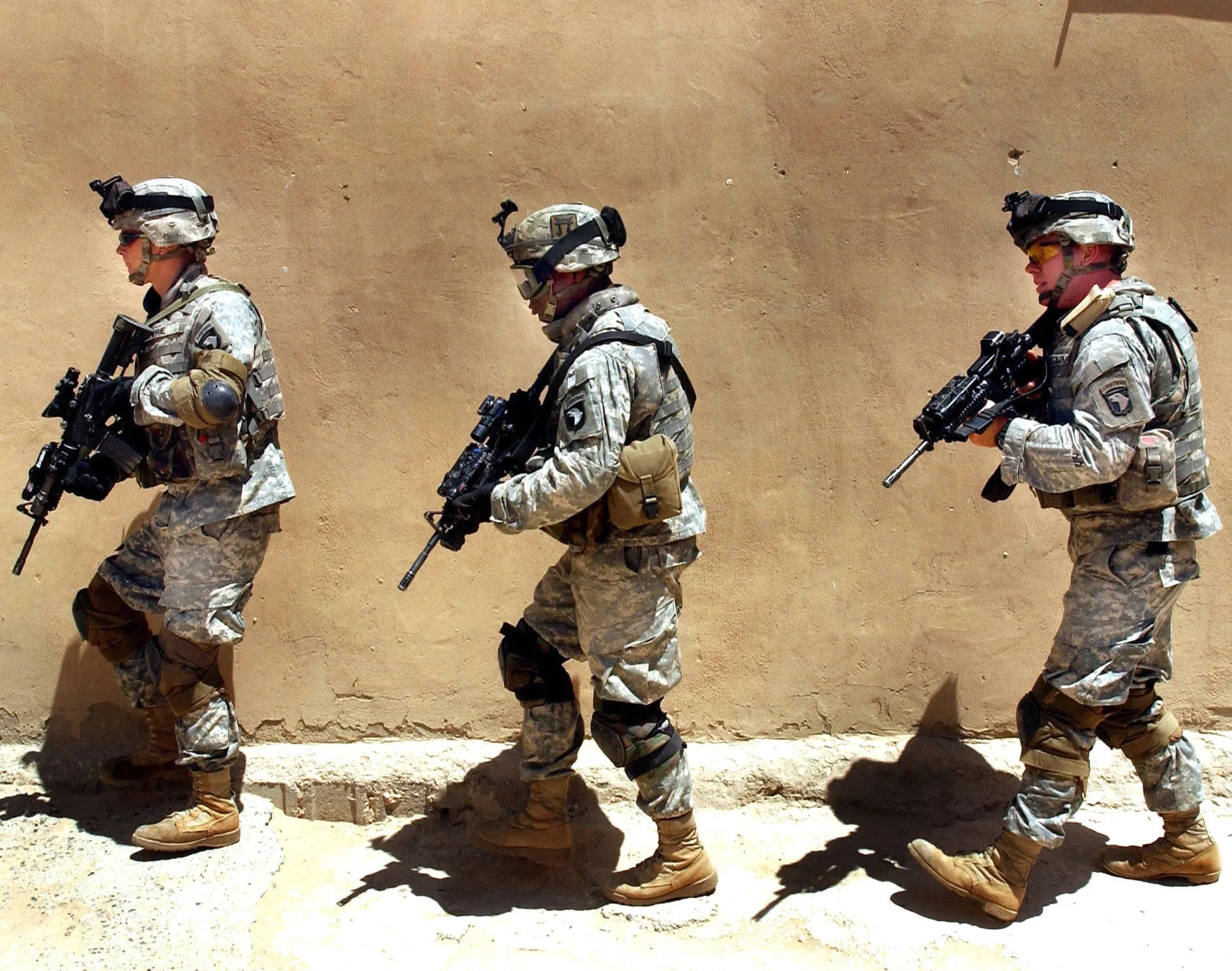The Army has an identity crisis. With the end of combat operations in Afghanistan approaching, and continued pressures to reduce the size of the force, the Army has struggled to provide a simple narrative of its utility to national security. A recent discussion over cigars and scotch (graciously organized by Nate Finney) about the Army’s message and image reminded me of five foundational tenets of the Army I drafted a few months ago. I drafted these tenets to provide an outline for an Army narrative; the Army is a complicated organization that goes beyond a specific warfighting domain, and to a large degree, beyond the scope and scale of what the other services provide to the nation writ large.
Many of these tenets represent aspects of the Army that are not as sexy as the Navy’s “Global Force for Good” slogan, the Marines “911 Force” mantra, and/or the Air Force’s high-tech air & space appeal. However, each of them, no matter how droll, are vital elements to our national defense and economic prosperity. The Army is not only the foundation of the Joint Force — it is the foundation of our liberty and prosperity in ways many Americans do not recognize.
Foundational Tenets
I. Foundation of Liberty and Security: Since the establishment of local militia in 1637, the founding of the Army National Guard, and the establishment of the Continental Army in 1775, the Total Army Force has fought and guaranteed the security of our nation’s liberties. The Army’s adherence to civilian authority ensures the nation’s interests are put ahead of self-institutional interest.
II. Foundation to National Civil Authorities: The Army’s logistical capabilities provides the means for civil authorities to respond to natural and man-made disasters, civil disturbances, and if necessary, the enforcement of laws to protect the individual rights of all citizens (e.g. de-segregation in the South).
III. Foundation of the Joint Force: The Army serves as the strategic and operational glue that binds the Joint Force together. The critical support it provides in life support, sustainment, medical, communications architecture, and logistics it provides globally and within the U.S. is the means for the rest of the Joint Force to accomplish their missions.
IV. Foundation for the National Economy: The Army’s primary mission after the birth of the nation was to lay the foundation for our nation’s economic might. Its responsibilities in building key roads, bridges, and waterway infrastructure (dams, locks, hydro-electric power) provided the nation the means needed to expand and industrialize our economy. Continued investment in infrastructure (energy conservation), advanced material, and computing sciences offer future growth potential to the nation’s global economic competitiveness.
V. Foundation for National Healthcare: The Army’s battlefield experience and research in physical and psychological trauma and infectious diseases provides the means for the nation to build the most advanced healthcare system in the world. The Army continues to provide the foundational element for advanced cancer research in the U.S. Its recent battlefield experience in Iraq and Afghanistan have provided countless lessons learned for civilian medical institutions in the U.S. to care for trauma and physical and psychological rehab.
These foundational tenets can be seen in the following model (where π represents a mathematical constant):
π = The Army
(π x civilian rule) = Liberty
(π x Joint Force) = National Security
(π x Civil Support) = Domestic Tranquility
(π x research and infrastructure investment) = Economic Prosperity
(π x medical research) = Longevity of Nation and The People
The Army represents the foundational constant of the nation. While the nation historically has been averse to a large standing Army, whatever the shape and size, it is expected to remain the foundation of our national defense. While no model or mathematical concept can determine the right size of an Army of its value to a nation, these tenets can serve as a starting point to ascertain the Army’s missions, responsibilities, and characteristics...and how they apply to the nation’s use of its land forces.
Chad Pillai is a U.S. Army strategist. The views expressed are the author's alone and do not represent the official position of the U.S. Army, the Department of Defense, or the U.S. Government.
Have a response or an idea for your own article? Follow the logo below, and you too can contribute to The Bridge:
Enjoy what you just read? Please help spread the word to new readers by sharing it on social media.
Header Image: Members of Ft. Campbell's 101st Airborne Division overseas. (NPR)


